St Nazaire Raid Part Two: The Tirpitz
March 18, 2019 by crew
We return to our series of articles which are focusing in on the St Nazaire Raid and “Operation Chariot”, exploring the backstory behind the event and the eventual raid itself which launched on 28th March.
Read Part One Here
In this weeks article, I will try to answer a few more questions concerning the target of that raid, informing you about the great German Battleship, The Tirpitz.
Built To Last
By the time the KMS Tirpitz was commissioned in February 1941, she had been tested and tweaked for nearly two years. Sea trials and a few modifications had turned her into an even more daunting foe for the Allies to deal with. The Tirpitz was the sister-ship to the KMS Bismarck with size measurements that were identical to its sibling. Both were two hundred and fifty-one metres long, and both were thirty-six metres wide at the widest point.
However where they differed was that whilst the Bismarck weighed in at a jaw-dropping 50,300 tons due to a number of armament upgrades, the Tirpitz weighed in at a terrifying 52,600tons. She was also clad in belt armour thirteen inches thick (basically its side armour which runs from the deck armour to below the waterline). Even more terrifyingly, even with all that extra weight, she could still thunder along at an impressive 30 knots (56 km/h or 35 mph). She had a range of 8870 nautical miles (16,430km or 10,210 miles) and finding out what she was armed with must have made Allied Sea Captains lay awake at night.
Guns. Lots Of Guns
So, what was the Tirpitz originally armed with to make it such a formidable beast? Well, one of the largest threats to ships was aircraft so the Tirpitz was equipped with 12 2cm FlaK '30s. They were fed by four twenty-round box magazines and fired around 800 rounds per minute (RPM). It was also armed with sixteen 3.7cm SK C/30 on paired mounts. These anti-aircraft guns were single-shot so much slower to fire than similar AA guns such as the British BOFORS gun. Surely that was enough AA cover, right? Well, clearly not as the Germans added sixteen 10.5cm FlaK 38's. These are the naval versions of the guns Easy Company destroyed at Brecourt Manor on D-Day.
So, with the defences against aircraft sorted, the Germans turned to its offensive capabilities. First, they equipped it with twelve 15cm L/55 arrayed in six turrets. These had a maximum range of about 23,000m and fired eight rounds per minute (RPM), but they were dwarfed by its final armament; 8 38cm SK C/34 set up in four turrets. With a rate of fire at 2.5 RPM, it doesn't seem too scary, until the effective range statistic reveals these guns could fire 36,500m...yep, 36.5km (22.7 miles) with each shell weighing in at 800kg.
Ranging In The Guns
So, before people start thinking of tactics the Germans should have used, the ability to fire at twenty-two-plus miles and actually being able to hit a target at twenty-two-plus miles are two very different things. Radar did exist however it wasn't very accurate meaning that zoning in on a foe was tough.
To combat this the Tirpitz was equipped with a double-ended catapult and carried four Arado Ar 196 float-planes. These were used as spotter planes and would circle a target and effectively guide the shots from the Tirpitz towards its enemy of choice.
Imagine being on a ship, hearing a single-engine plane very high up, maybe catching a glimpse of it here and there through cloud cover, then the sea erupting around with explosions without ever seeing what was shooting at you. People claim that on the open ocean, there is no-where to hide but the Tirpitz managed to hide beyond the horizon.
More Is...More?
“Hold on Matt. You mentioned that the Tirpitz had extra armaments and all you have done is comment on the original weapons. What extras did it have?” I hear all your happy voices ask. The Germans seemed to think that the Tirpitz just didn't have enough AA defences in its arsenal, so added some more 2cm FlaK 30 guns, and when I say “some more”, I mean fifty-eight. No, that's not a typo. It bristled with a total of seventy 2cm fast firing AA guns.
The Germans also decided that eight guns that can hit targets over the horizon weren't punchy enough and so added eight 53.3cm torpedo tubes (four on each side of the ship) to really make sure. The Americans, therefore, had their Flying Fortresses but the Germans had one that floated on the high seas. I am aware that all the armaments have been discussed but there has also been a fair amount to try and digest so as a point of reference below is a list of the armaments again...
- 8 x 38cm (15in) SK C34
- 12 x 15cm (5.9in) L/55
- 16 x 10.5cm (4.1in) SK C/33
- 16 x 3.7cm (1.5in) SK C/30
- 70 x 2cm (0.79in) FlaK 30
- 8 x 53.3cm (21in) torpedo tubes
For those of you not well read in the addition of naval guns, take it from me, that's a lot of firepower.
A Real Threat
So, the British knew they couldn't just sail out and engage the Tirpitz in open battle. They had tried that with the Bismarck in early 1941 and had come off in second place. Hopefully, this drives home just how much of a threat the Tirpitz was and indeed why the Allies considered it such a key element of the German Navy to destroy. They played into the biggest weakness of the Tirpitz, its size. If the Tirpitz was damaged while on operations in the Atlantic, it would need to return to a dock for repairs.
It did have the option of sailing around the north of Britain between Scotland and Iceland, but it would bring it too close to the British defensive fleet and Britain's air power. The Tirpitz best chance was to find a dry-dock on the Atlantic coast of France.
Luckily for her, the Germans had a tight grip on France so the ports were open to the Germans; but the size of the Tirpitz was, once again, a massive issue for the Germans. After searching, the Germans finally managed to find a port, the only port in France with a dry-dock large enough to accommodate the Tirpitz...that port was St. Nazaire.
Join me next week for the conclusion of the article series dealing with the raid itself.
By Matt Buck
Are you getting ready to celebrate this raid on the tabletop yourself?
"People claim that on the open ocean, there is no-where to hide but the Tirpitz managed to vanish beyond the horizon..."
Supported by (Turn Off)
Supported by (Turn Off)
"Hopefully, this drives home just how much of a threat the Tirpitz was..."
Supported by (Turn Off)































![How To Paint Moonstone’s Nanny | Goblin King Games [7 Days Early Access]](https://images.beastsofwar.com/2024/12/3CU-Gobin-King-Games-Moonstone-Shades-Nanny-coverimage-225-127.jpg)









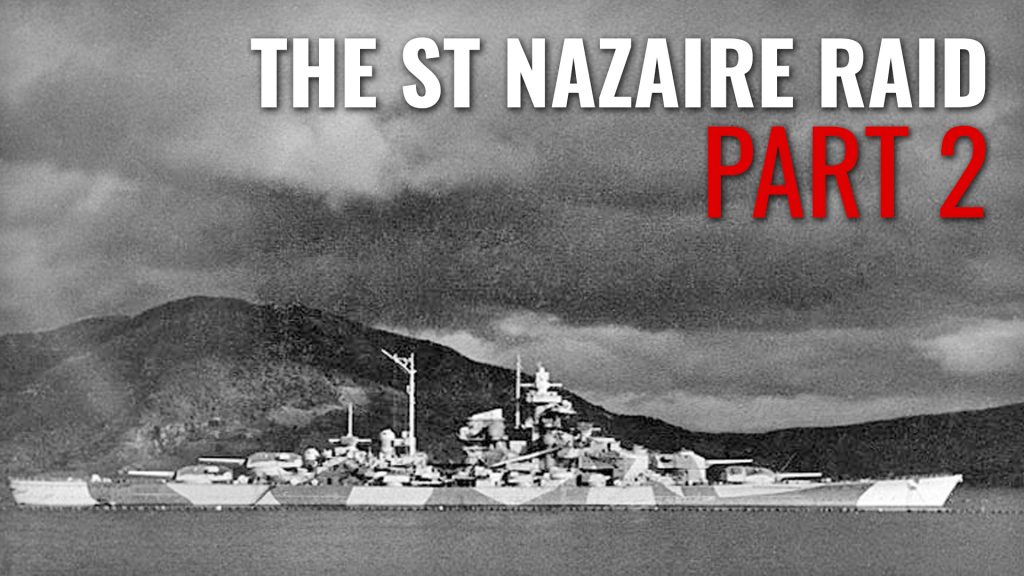

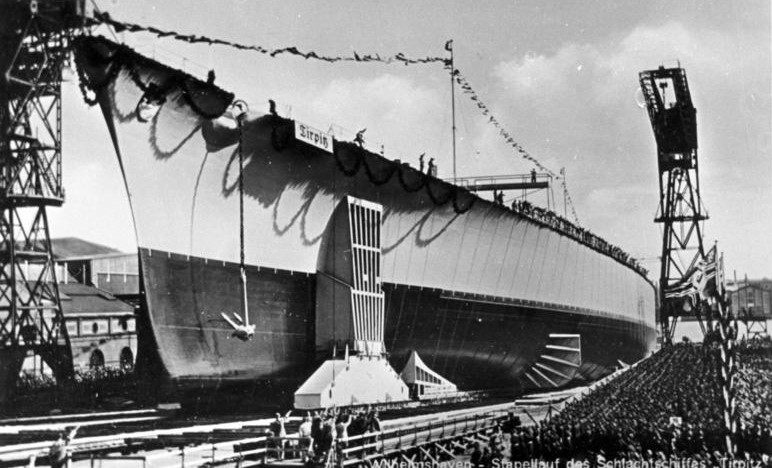
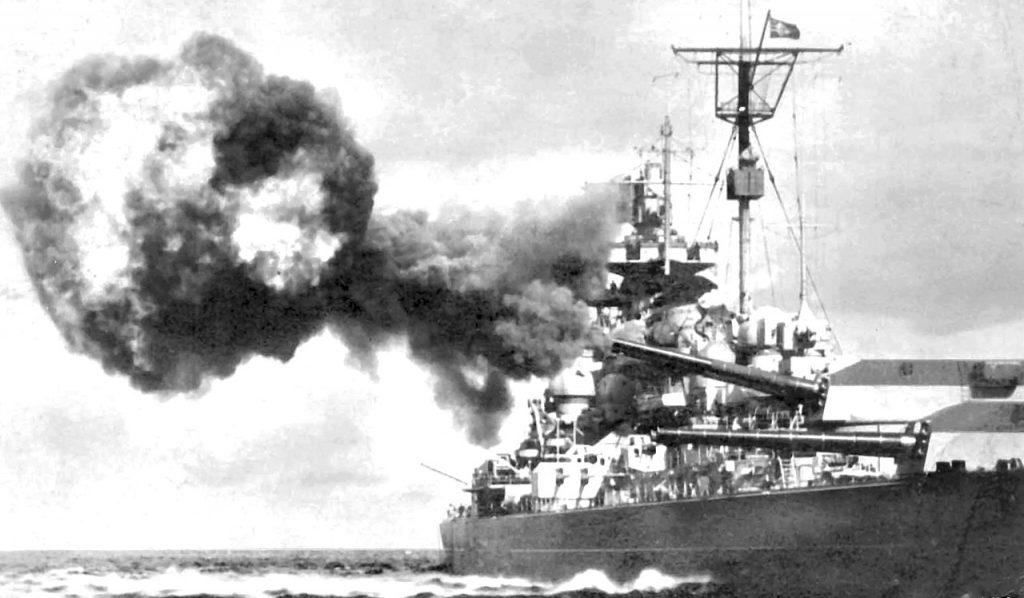
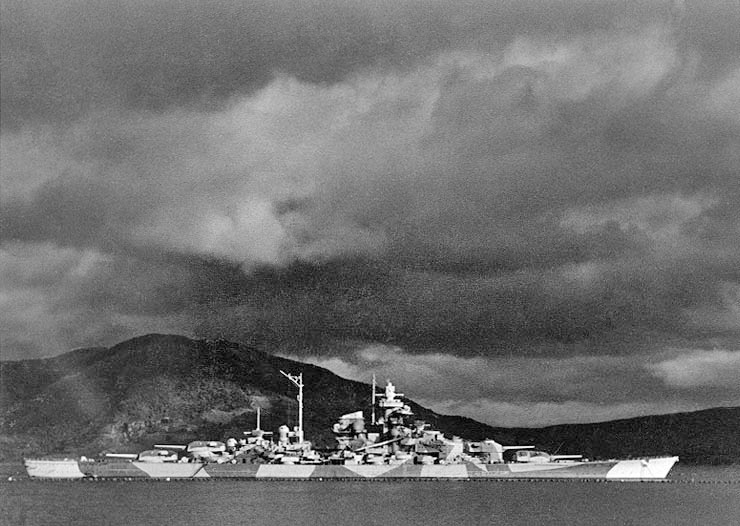
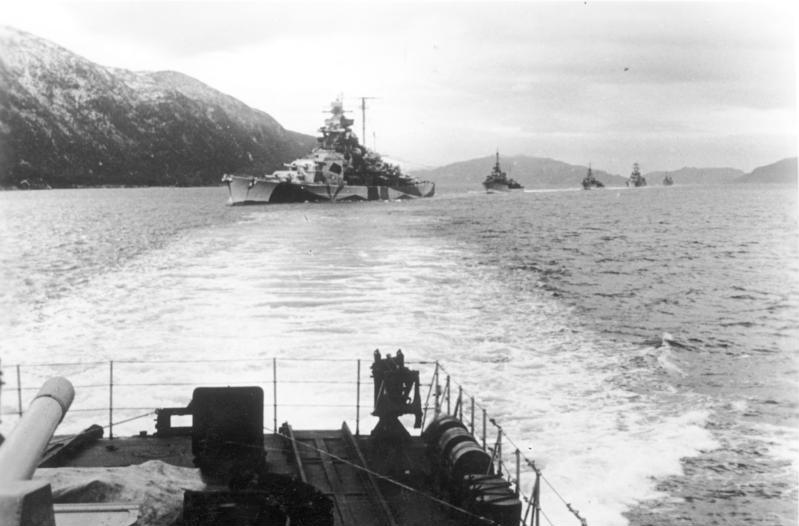
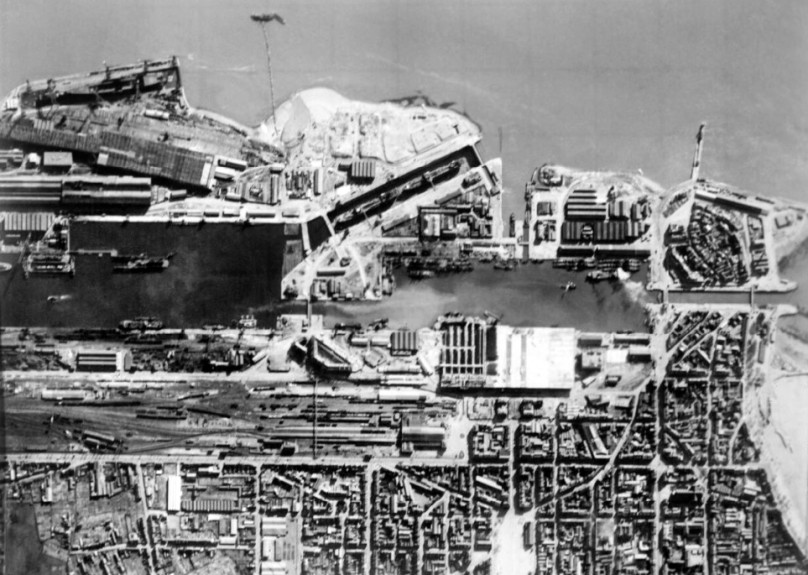
































Great article, @cypher2009 ! I love your captions! 😀
Thanks very much @oriskany . I can’t take credit for the captions, that was 100% OTT editting team.
Great article. Hadn’t realised it had been upgunnd and armoured so much
There were only minor armour upgrades, most of it was actually standard to the Bismarck class. The guns are a very different matter however. 🙂
Ah OK. My naval knowledge is limited to a few games of General Quarters every so often
I think the Bismarck belt armour was about 12.5ins thick so not a massive upgrade to the Tirpitz (although saying this the amount of steel needed to add half inch of armour to a ship that size would be huge).
Ok, so you’ve got all of these guns.
How do you keep them firing ?
The amount of ammo it needs to operate must be gigantic.
I didn’t get into this much detail in the article as I am trying to keep them light enough for people who know nothing about the period or subject not to become lost, but the Tirpitz standard weight was approx 42,900 tons. So the weight difference between its standard weight and full weight (which is mentioned in the article) is approx 9,700 tons. Some of this weight will be taken up by the crew of approx 2065. The rest is down to supplies. Some of which will be food etc for the crew, however most will be ammunition.
a great article I think I read that Adolf was scared of the Tirpitz being destroyed like the Bismarck which was why she never got sent to the Atlantic instead hiding in various fjords and defended harbours over the years.
From sources I have read, it wasn’t so much he was scared of it being destroyed in the Atlantic, it was the fear it would be damaged in action and have to limp past Britain to get to a friendly port when she would be vunerable. If the Germans got the Tirpitz into the Atlantic and into the shipping lanes, there is no question that Britain would have had to surrender. While St Nazaire was operational, it was always an option. Once Operation Chariot had ended, the Tirpitz was destined to remain in the Norweigean Fjords simply for safety and… Read more »
possibly look at the carnage from the Scharnhorst an Gneisenau went to sea an the Graf-Spee.
Brilliant articles @cypher2009 . I have very little knowledge of the Post Napoleonic Navies of the World and this was extremely informative. All my modern Naval knowledge basically comes from Dark Star. Looking forward to the raid itself. For Perspective a WWII Heavy Howitzer was about 150ish mm. These guns were more than twice that size. The Average Artillery battery was about six guns each so the Tirpitz’s Broadside was the equivalent of Three and a Half Heavy Artillery Batteries with just under half of them being twice the size of normal artillery. Just think of that next time you… Read more »